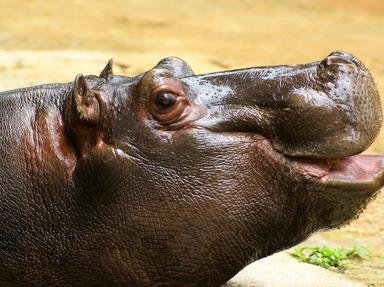Quiz Answer Key and Fun Facts
1. Our first stop on our nocturnal safari is in the Southeastern United States where we are looking for a medium sized omnivorous mammal that is noted for its intelligence and ringed tail. What animal, that is also sometimes called a trash panda, are we looking for?
2. Let's stay in North America for our next safari. This time we see a slow moving animal that looks like a pin cushion. What nocturnal animal could this be?
3. We will continue our safari in the Southern US as we spot a gray colored, armored looking varmint rooting in a flower bed. What on in the world is this funny looking animal?
4. Our next safari find in North America is a gray colored animal about the size of a house cat. When we startled it, it fell down and looked dead, then after a few minutes it got up and ran off. What did we just see?
5. We next find ourselves in Paraguay where we hear a roar and look up just in time to see a large spotted cat sneaking off. What has just scared us?
6. Now we find ourselves in South America and spot a large reddish brown animal scurrying through the swamp. What is this rodent?
7. Now let's take a quick trip to Tasmania. While there we something that looks about the size of a small black dog that lets out a loud screech. What have we just seen?
8. While visiting Australia, we see a furry animal with a short stubby tail scurry into a burrow. What have we just seen?
9. While in Africa, we see a strange dog like creature, although it has small back legs compared with its forelegs. What could this be?
10. On our last night in Africa we see a regal looking feline that is heavily muscled and has a luxurious mane. What have we seen?
Source: Author
Ctvega
This quiz was reviewed by FunTrivia editor
rossian before going online.
Any errors found in FunTrivia content are routinely corrected through our feedback system.
